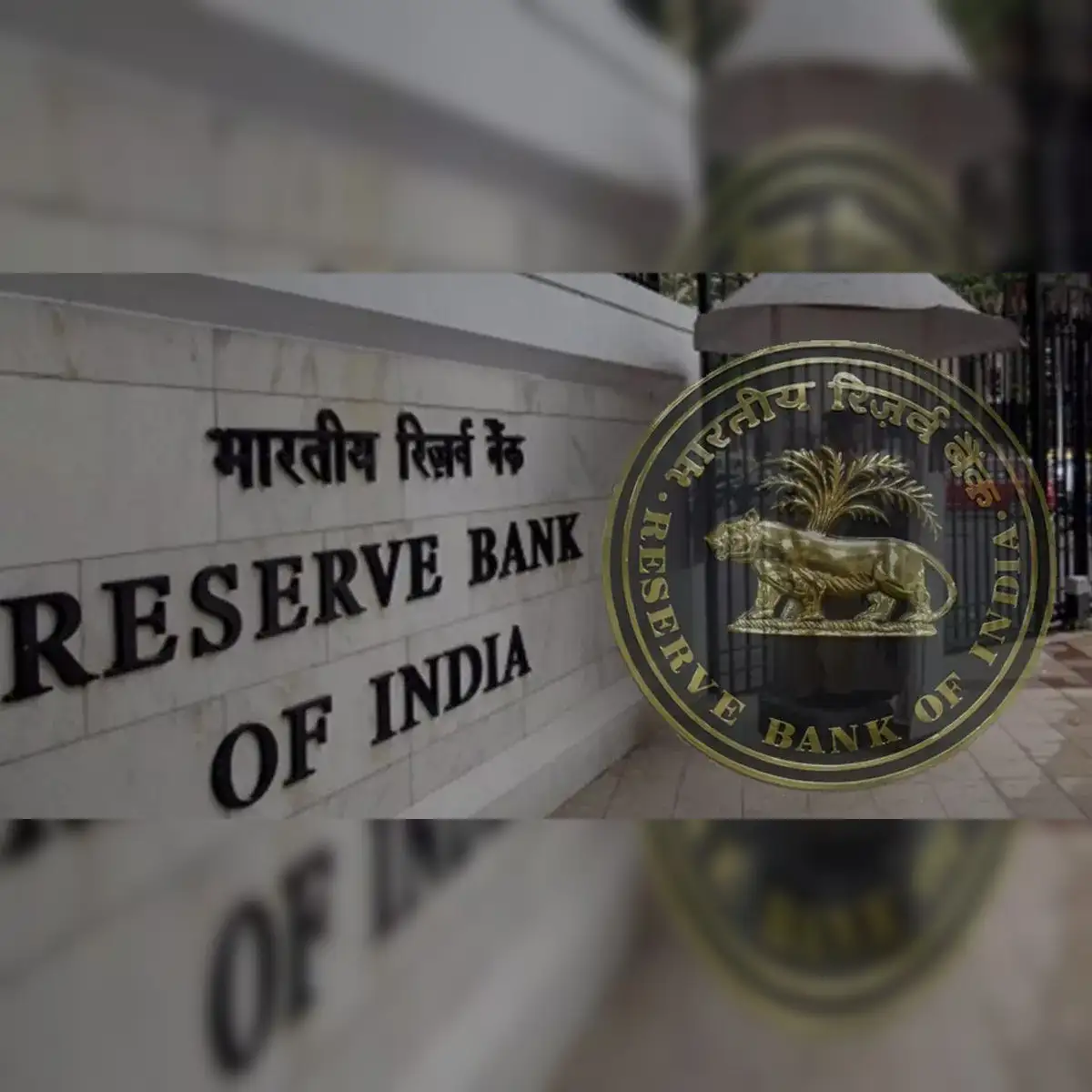 Recent changes by the Reserve Bank of India (RBI) to peer-to-peer (P2P) lending regulations are set to bring improved transparency and clarity to the sector, despite initial concerns about tighter restrictions. Industry experts view these amendments positively, suggesting they will ultimately benefit both lenders and borrowers.
Recent changes by the Reserve Bank of India (RBI) to peer-to-peer (P2P) lending regulations are set to bring improved transparency and clarity to the sector, despite initial concerns about tighter restrictions. Industry experts view these amendments positively, suggesting they will ultimately benefit both lenders and borrowers.
The RBI's revised guidelines aim to address various issues in the P2P lending industry by specifying what non-banking finance companies (NBFCs) involved in P2P lending are prohibited from doing, particularly concerning credit risk assumption. These updates are intended to eliminate irregular practices and enhance the overall transparency of P2P platforms.
Understanding P2P Lending
P2P lending allows individuals to borrow and lend money through RBI-regulated NBFC platforms that match lenders with borrowers. These platforms act as intermediaries, managing transactions and repayments for a fee. P2P loans are often used for short-term needs such as medical emergencies, business funding, travel expenses, or debt repayment.
Key Changes and Their Implications
No Credit Risk Assumption by Platforms: Previously, some P2P platforms provided credit guarantees, which could mislead lenders about the actual risk involved. The new rules prohibit NBFC-P2P platforms from assuming credit risk, ensuring that lenders are fully aware of potential losses due to borrower defaults.
Escrow Account Management: The updated regulations mandate that funds in escrow accounts must be transferred within one day (T+1) of transactions. This ensures clearer fund segregation and timely processing. However, some experts suggest a gradual introduction of these strict timelines might be more feasible.
Restriction on Cross-Selling: Platforms are now restricted from cross-selling non-loan-specific products, such as credit enhancements and insurance, reducing potential conflicts of interest and focusing on their primary role of facilitating loans.
Cap on Lending Amounts: While the 2019 cap on individual lender exposure remains unchanged, the revised guidelines align the language with the RBI’s digital lending regulations. However, practical implementation of this cap might pose challenges due to the lack of tools to track cumulative lending across platforms.
Board-Approved Matching Policy: P2P platforms must now adhere to a board-approved policy for matching borrowers with lenders. This change is expected to improve governance and ensure more appropriate borrower-lender matches.
Monthly Performance and NPA Disclosures: Platforms are required to disclose detailed monthly performance reports, including actual losses and non-performing assets (NPAs). This transparency will help lenders make more informed decisions and better track their investments.
Revised Fee Structure: The new guidelines stipulate that fees must be fixed amounts or percentages of the principal loan amount, rather than contingent on borrower repayment performance. This change aims to simplify fee structures and enhance predictability.
Overall, while the RBI's new guidelines impose stricter controls on P2P platforms, they are designed to foster greater transparency and reduce potential risks. Experts believe these measures will ultimately lead to a more robust and trustworthy P2P lending ecosystem.
